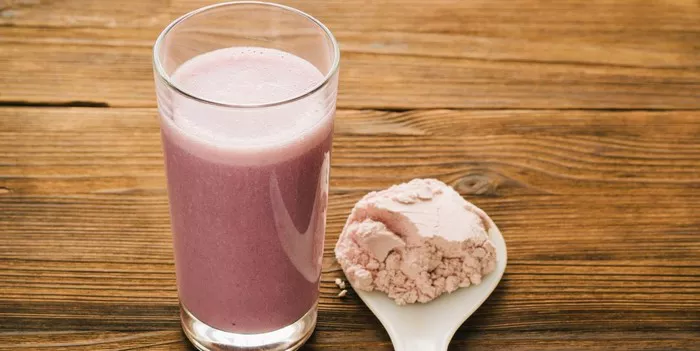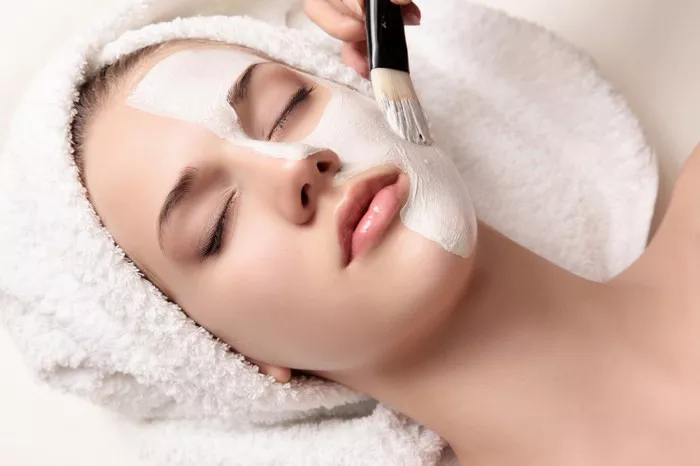Social media platforms like TikTok have popularized elaborate skincare routines among teenagers, but new research warns that these trends may pose risks to young users’ skin health—and their wallets.
Ten-year-old Ayva Peña’s interest in skincare surged after getting her first phone. Initially bonding with her mother Giselle Peña through spa days and occasional product shopping, concerns arose when Giselle discovered a $300 anti-aging cream in Ayva’s medicine cabinet.
“I was furious… she was only 15,” Giselle said. “The product promised youthful skin, fewer fine lines, and firmer texture. I thought, ‘This isn’t for you, sweetheart.’”
More parents share such worries about social media encouraging children to use complicated skincare products unsuitable for their age. A study published Monday in the journal Pediatrics may validate these concerns.
Researchers analyzed 100 TikTok videos featuring skincare routines by creators aged 7 to 18. They found the average routine included 11 potentially irritating active ingredients, many linked to skin allergies and increased sun sensitivity. Yet only one in four products contained sunscreen.
“Most kids in these videos have flawless skin without noticeable acne,” said Dr. Molly Hales, lead author and dermatologist at Northwestern University Feinberg School of Medicine. “For many, the risks of these regimens outweigh potential benefits.”
Routines typically involve six steps—serums, moisturizers, toners, cleansers—and can cost up to $168 monthly, with some exceeding $500.
“When kids wake at 5:30 a.m. on school days to follow these complex routines, this seems less about health and more about chasing unrealistic beauty ideals,” Hales added. She highlighted ethical concerns about social media’s impact on young people’s daily lives.
A TikTok spokesperson noted such content is common across media and said the platform restricts users under 13, removing suspected underage creators. TikTok also collaborates with medical and adolescent development experts to enforce protections.
Risks of Teen Skincare Trends
Many products featured lack sunscreen but contain ingredients like alpha hydroxy acids (AHAs), which exfoliate but increase sun damage risk.
“I recommend everyone, especially AHA users, apply daily sunscreen to prevent permanent skin damage,” Hales stressed.
Additionally, ingredients like AHAs and niacinamide may cause redness and dryness, particularly with overuse.
“Girls may unknowingly layer the same active ingredients repeatedly, raising irritation risks,” said Dr. Taralagu, co-author and medical social sciences lecturer.
Over half of products also contained fragrances and 20 other known allergens.
Dr. Sonal Shah, a Cleveland Clinic-certified pediatric dermatologist not involved in the study, warned about misinformation prevalent among creators under 18.
“These creators often lack scientific background or understanding of product mechanisms and risks,” Shah said, noting TikTok does feature board-certified dermatologists offering reliable advice.
Shah also cited concerns over harsh mechanical exfoliants—like scrubs or microbead cleansers—that are too abrasive for facial skin.
The study highlighted that most advice caters to lighter skin tones, potentially neglecting unique skincare needs of darker-skinned youth and perpetuating harmful notions equating fairness with beauty.
Safe Skincare for Teens
Both Shah and Hales recommend gentle, fragrance-free cleansers, moisturizers, and daily mineral sunscreens for acne-free teens under 18.
Anti-aging products promising elasticity or wrinkle reduction are unnecessary at this age, Shah said, since collagen production peaks during childhood.
For teenagers with acne, mild over-the-counter treatments containing salicylic acid or low-concentration benzoyl peroxide are appropriate.
“Skincare shouldn’t be complicated or expensive,” Shah emphasized. For severe issues, parents should consult certified dermatologists or pediatric specialists.
A Broader Perspective
Jennifer Harriger, psychology professor at Pepperdine University specializing in child development, urged open dialogue between parents and teens about skincare influenced by social media.
“It’s best to talk honestly to understand what information kids see online and why they choose specific products,” she said.
Hales also noted the social significance of beauty content for teens.
“These videos are a form of self-expression appealing to girls beginning to explore their identities, gender roles, and what it means to be female in today’s society,” she explained.
Related Topics
































